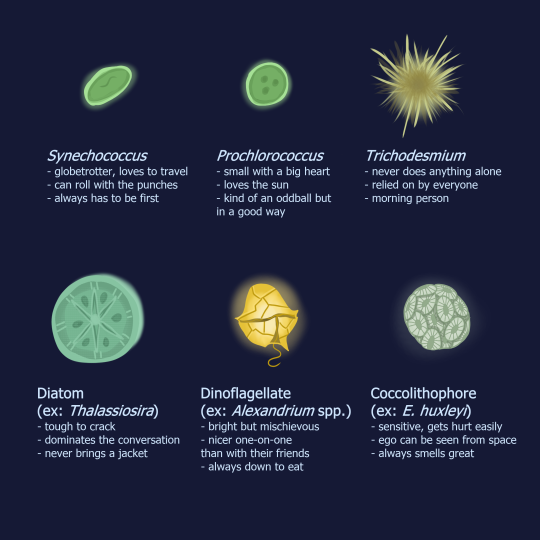#phytoplankton
Num5_SeaIce_20um_10X_04192018_2by Jack P.
Via Flickr:
This album is part of the NZAC Series, a collection of photographs from an expedition to Antarctica in 2018. It was from New Zealand (NZ) to Antarctica (A) to Chile ©, hence NZAC. A group of international researchers embarked on this journey in Lyttelton, New Zealand, where the researchers and crew boarded the South Korean icebreaking research vessel, ARAON. The vessel sailed across the Antarctic Circle and eventually arrived at its destination in the Weddell Sea region of the Antarctic Peninsula. During this expedition, research activities were carried out which include helicopter operations and anchoring near the King Sejong Station. Finally, the vessel crossed the Drake Passage and docked in Punta Arenas, Chile where the expedition concluded.
Num5_SeaIce_20um_10X_04192018_2by Jack P.
Via Flickr:
This album is part of the NZAC Series, a collection of photographs from an expedition to Antarctica in 2018. It was from New Zealand (NZ) to Antarctica (A) to Chile ©, hence NZAC. A group of international researchers embarked on this journey in Lyttelton, New Zealand, where the researchers and crew boarded the South Korean icebreaking research vessel, ARAON. The vessel sailed across the Antarctic Circle and eventually arrived at its destination in the Weddell Sea region of the Antarctic Peninsula. During this expedition, research activities were carried out which include helicopter operations and anchoring near the King Sejong Station. Finally, the vessel crossed the Drake Passage and docked in Punta Arenas, Chile where the expedition concluded.
It’s about time I started doing some science posts on this blog, so here we are with a post about the basics of phytoplankton (my area of study for my PhD). And don’t forget to check out my phytoplankton “tag yourself” post here.
Phytoplankton are microbes in the ocean that photosynthesize — that is, they use sunlight and inorganic carbon (CO2) to create food for themselves in the form of sugars. Oh, and they also produce at least 50% of the Earth’s oxygen in the process (some sources say up to 80%).
Phytoplankton are also the base of the food web in the ocean — they’re eaten by grazers (usually larger “animal” plankton, or zooplankton) which in turn are eaten by the macrofauna we all know and love (fish, whales, crustaceans, and so forth). It’s really a shame that phytoplankton are so often overlooked in favor of the more charismatic marine organisms because they’re so incredibly diverse and important to what goes on not only in the ocean, but on Earth as a whole. It’s pretty well-established in the scientific community that cyanobacteria (some of the oldest and simplest phytoplankton) were responsible for the first oxygenation event on Earth, eventually changing Earth’s atmosphere from reducing to oxidizing and making it possible for larger life forms (like mammals) to evolve and dominate. We wouldn’t be here today if not for these humble little microbes!
Besides their role as food and oxygen-producers, phytoplankton are also hugely important to biogeochemical cycling. Biogeochemical cycles are the processes through which “stuff” (chemicals) moves through the Earth through living things (bio) and nonliving things (geo) — you probably already know about the water cycle and the steps of evaporation, precipitation, and condensation into rain that move water across the planet. Elements crucial to life like nitrogen, phosphorus, and carbon also move through the planet, cycling between the atmosphere, living things, and geological features. Marine microbes like phytoplankton control pretty much all of this cycling through the ocean — that’s right, those charismatic macrofauna barely affect them at all! Microbial activity with regard to the carbon cycle is especially relevant with climate change and carbon sequestration (to put it simply, taking CO2 out of the atmosphere and “burying” it somewhere where it won’t bother us) on the mind.
All right, that was a lot of words, but I hope it gave some insight into why these little guys are important and why we study them. Check out my full phytoplankton tag yourself post for the facts that correspond to the traits listed below!

Which phytoplankton are you?

And for a closer look at each phytoplankton group and the real traits that correspond to the characteristics listed:






(I spend ages trying to get these all perfect )
If you think trees are cool for giving us oxygen, wait until you hear about phytoplankton. Click to read the full fact.
Post link

Could my phytoplankton key be slightly less vague and unhelpful about algal colours? Please?
How small are algae?
Let’s see! This is a human hair at 400x magnification, next to two phytoplankton cells at the same magnification.


Believe it or not there are even algal cells 10 times smaller than these!




Phytoplankton, zooplankton, and moss from an experimental water sample.



